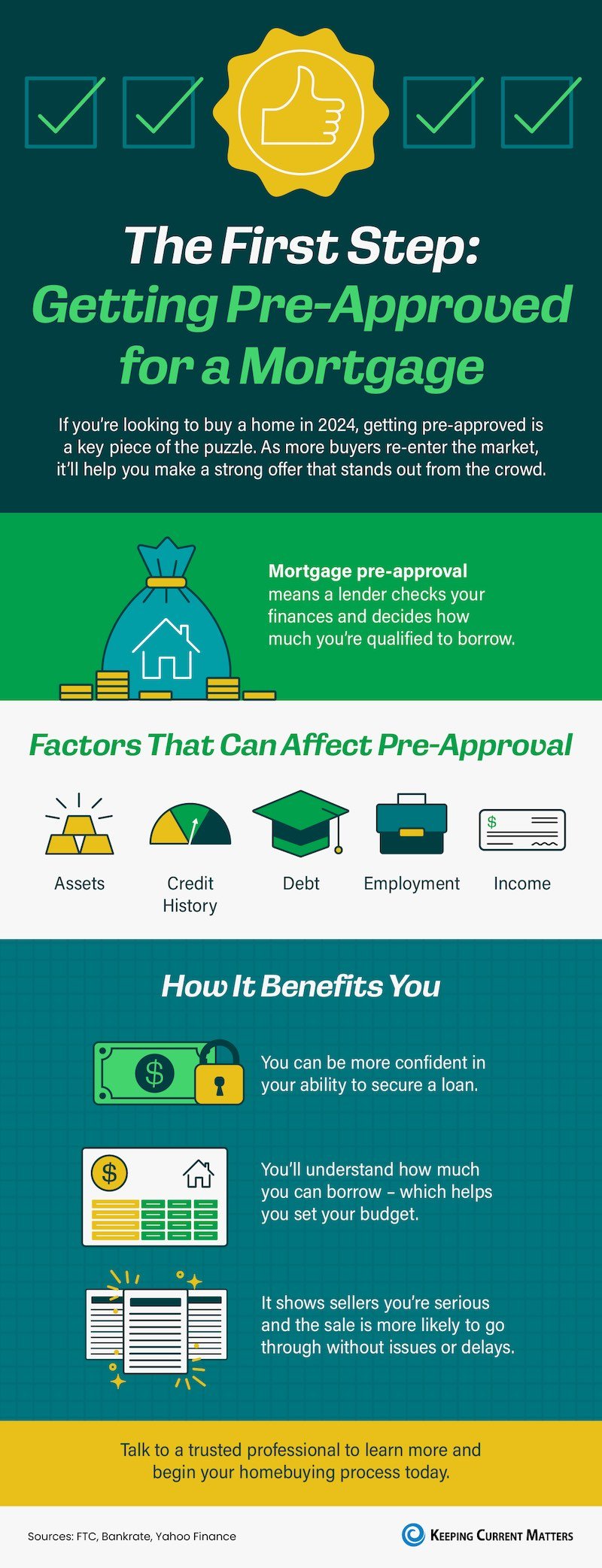The national inventory deficit also improved for the 7th consecutive month which, along with improved affordability, points to a better housing market environment in coming months
The ICE Home Price Index for December reported an annual growth rate of +5.6%, up from +5.1% in November, which at first glance suggests an accelerating housing market
That acceleration, however, is a residual effect of last spring and summer’s strong run of growth, with more recent data suggesting that growth rate will begin to cool in coming months
Lower interest rates have also begun to increase refinance incentive, albeit slowly, with more potential on the horizon, particularly among the 4.3M mortgages originated in 2023
Of the 2023 vintage, 46% (2M) would be able to cut their first lien rate by 75 bps if 30-year rates fall to a projected 6% by year’s end, with 33% able to save a full percentage point or more
Mortgage holders gained $1.6T in equity in 2023 to reach an aggregate $16T, the highest year-end total on record, two thirds of which is held by borrowers with credit scores of 760 or higher
The average mortgage holder now has $299K in equity, $193K of which is “tappable” and could be withdrawn while still maintaining a healthy 20% equity stake
ATLANTA and NEW YORK, February 5, 2023 – Intercontinental Exchange, Inc. (NYSE:ICE), a leading global provider of technology and data, released its February 2024 ICE Mortgage Monitor Report, based on the company’s industry-leading mortgage, real estate and public records data sets. Mortgage rates were at 6.71% as of January 24 according to the ICE US Conforming 30-year Fixed Mortgage Rate Lock Index – more than a full percentage point below their October 2023 high. As ICE Vice President of Enterprise Research Strategy Andy Walden explains, this and other recent market trends have produced positive, yet measured, signs for the 2024 housing market.
“Prospective homebuyers may feel an all-too-familiar sense of dread upon hearing that prices – already at record highs – rose another 5.6% in 2023 according to our ICE Home Price Index,” Walden said. “As always, the truth of the situation is more nuanced than one simple, backward-looking metric might suggest, and the data holds some encouraging signals for these folks. In recent months, we’ve seen improvement in rates, affordability, and for sale inventory, with monthly home price growth moderating on a seasonally adjusted basis. While we are still out of sync with historical norms on multiple fronts, each of those metrics have at least been moving in the right direction.”
Research in this month’s report shows today’s market remains interest-rate-driven. The recent rebound in affordability has increased purchase mortgage demand, comparable to levels seen last summer when interest rates were in a similar range. Purchase demand continues to trend very consistently with 30-year-rate changes and their downstream impact on affordability. As Walden explains, the refinance market has also seen some modest improvement, with the potential for more growth throughout the year.
“While the mortgage market remains overwhelmingly purchase-centric, refinance incentive is rising, albeit slowly, alongside easing interest rates,” Walden continued. “Since interest rates peaked back in October, we’ve seen a threefold increase in the number of mortgage holders who could reduce their first lien rate by at least 75 bps with a rate/term refi. And while that population stands at roughly 1.7 million – up from 520K last fall – it is still a historically small number. Should rates fall to 6% by year’s end as current forecasts suggest, the number of borrowers with refinance incentive would rise, particularly among 2023 vintage originations.
“Under that scenario – a potential needle mover for the refinance market – some 46% of 2023-vintage borrowers would be ‘in the money,’ with nearly a third able to cut a full percentage point off their current rates. As more legacy mortgages regain rate incentive as well, the overall ‘in the money’ population would more than double to 3.8 million by the end of the year, with nearly 60% of that growth coming from loans originated in 2023. Originators would do well to identify and engage with these potential customers now. Of course, what’s good news for mortgage originators simultaneously heightens prepayment risk in the capital markets. Getting a granular, daily view of prepay activity will become essential this year as investors navigate an extremely rate-sensitive and volatile market.”
The month’s data also shows that aggregate American mortgage holder equity ended 2023 at $16T – gaining 11% ($1.6T) over the year to reach the highest year-end total on record. The average mortgage holder now has $299K in equity, up from $274K at the end of 2022. Such historically high equity levels create the conditions for an upswing in equity lending when interest rates ease enough to make withdrawals more attractive to homeowners. Two thirds of all equity is held by borrowers with credit scores of 760 or higher, offering lenders a likewise appealing, lower-risk cohort to whom they can offer equity-based products.
Much more information on these and other topics can be found in this month’s Mortgage Monitor. Article found on Black Knight.












